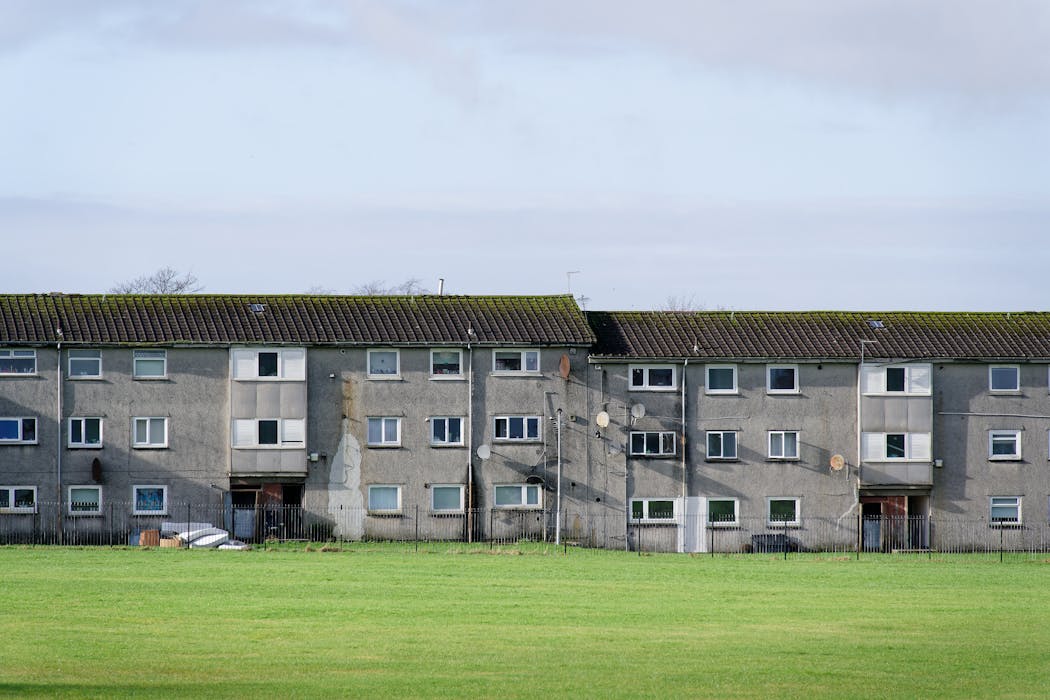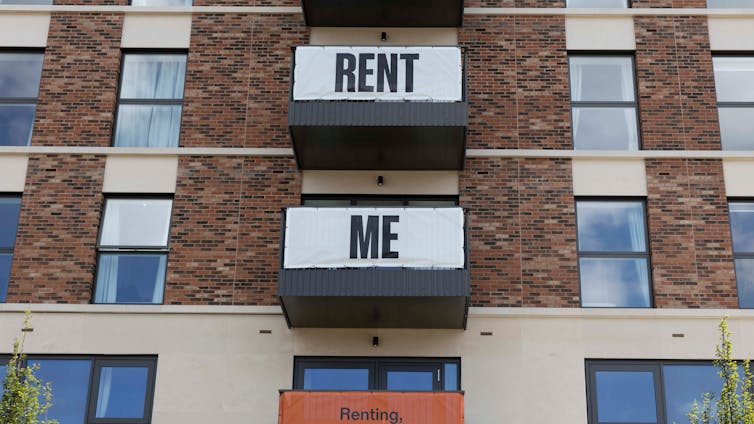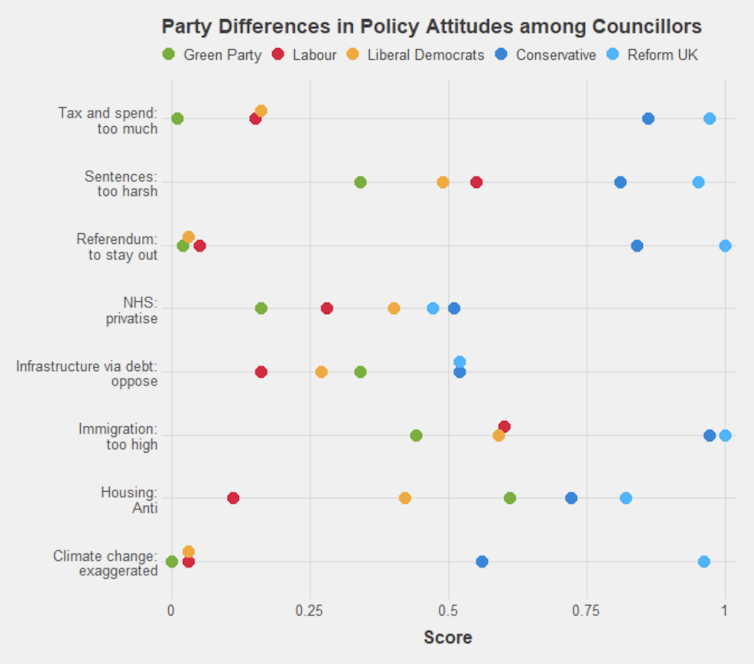Source: The Conversation – UK – By Gerda Wielander, Professor of Chinese Studies, University of Westminster
Chinese authorities detained Ezra Jin, the leader of the Zion Church, on October 10 alongside more than 30 church staff and pastors. The arrests come amid the largest crackdown on Christian churches in China in recent years, and have put renewed light on Beijing’s attempts to curb religious activities in China.
The Zion Church, a large unregistered church with congregations across China, has been on the authorities’ radar for many years. So the question is not why the crackdown is happening, but why it is happening now. China’s tense relations with the US have as much to do with this as domestic religious policy.
China’s relationship with Christianity is complex, and has been marked by periods of tolerance and persecution. The country officially recognises five religions: Buddhism, Daoism, Islam, Catholicism and Protestantism. Of these, only Buddhism and Daoism are regarded as indigenous religions and central to Han Chinese culture.
Together with Confucianism, they formed the so-called three teachings that provided the spiritual and ethical foundation of Chinese society throughout much of its imperial history (from 200BC to 1911).
Other religions flourished alongside these, including Islam and Christianity, both of which found their way into China centuries ago via trade routes. The earliest historical sources date the arrival of Nestorian Christians in China in the 7th century.
But the first major growth spurt of Chinese Christianity only occurred in the 19th century. This period saw China sign various treaties with western powers, which opened the doors for Protestant missionaries and led to the establishment of Protestant charitable institutions.
At the same time, the presence of western missionaries in China fuelled xenophobic movements. These movements ultimately contributed to the downfall of the empire. Christanity’s association with western imperialism continues to cloud Beijing’s view of the faith to this day.
After the founding of the People’s Republic of China in 1949, all foreign Christians were expelled from the country and state-run self-governing bodies were created for all main religions.
Dissatisfaction with these bodies – which was related to, among other things, the requirement to cut ties with churches and religious authorities outside China – led to the formation of unregistered churches. These churches, which are also known as house churches, have existed outside of state control ever since.
Arrests and severe persecutions of Christians started in the 1950s and continued, as for all other religious practices, during the Cultural Revolution. This was a ten-year period between 1966 and 1976 of extreme political upheaval and violence.
But, as the country emerged from the Cultural Revolution, it became clear that religious belief had survived in a sustained fashion despite severe repression. And the more liberal 1980s enabled the second growth spurt of Chinese Christianity.
The new political climate allowed more space to practice religion. This more open climate also meant that ties with churches abroad could be informally reinstated and that foreign missionaries, often in the form of English teachers on campus, returned to China.
The rapid growth of Christianity during this period led some observers to argue that Chinese Christians could be a decisive factor in the global balance of power.
Cracking down on religion
It’s hard to estimate how many Christians there are in China today. Official estimates are generally considered too low, while predictions by international Christian organisations are probably too high.
The generally accepted figure settled at around 90 million earlier this millennium, which puts the number of Christians in China in line with the number of Communist party members. This number is unlikely to have grown significantly since then. Research from January 2025 suggests that the number of Chinese Christians has been plateauing for the past 20 years.
The reasons for this are complex. The main concern of pastors and church leaders in the 2000s was how to retain new converts, especially among the younger generation. But China’s religious policy under Xi Jinping will also have been a factor.
From the start of his leadership in 2013, Xi has struck a fundamentalist tone. He has promoted elements of traditional Chinese culture paired with socialist values as orthodox state doctrine. At the same time, he has severely repressed religions considered a potential threat to the state. This has played out most starkly in the persecution of Uyghur Muslims in Xinjiang, but it has also affected Chinese Christians.
New regulations on religion were passed in 2015, which involved tighter state control of religious sites, church finances and involvement in charitable activities. One year later, Xi formally introduced the need for “sinicisation” of religion – the closer assimilation of all religions to Chinese state ideology.
This policy came with five-year plans that heralded the destruction of religious statues and the visual alteration of religious buildings. It also introduced more emphasis on the commonality between socialism and Christianity in doctrine.
The forcible removal of crosses from church buildings and the 2018 detention and subsequent sentencing to nine years in prison of Wang Yi, a prominent church leader, were further signs of the severity of the crackdown.
One particular bone of contention that further blights the lives of ordinary Christians in China is the close link between some unregistered churches, or individual people within them, and evangelist lobbying groups in the US.
Chinese-American Christians close to the Republican party are often instrumental in providing support for prominent exiled figures. They also ensure that the prosecution of Chinese Christians remains high on the agenda in bilateral relations. In turn, repressive measures tend to intensify when relations between China and the US deteriorate.
It is in this context that the timing of the recent crackdown needs to be understood. Sweeping in on a well-known unregistered church like the Zion Church, whose founder’s daughter is a US Senate staffer, is as much about Xi sending a signal to Washington as it is about controlling religious activity at home.
Unless US-China relations improve, Chinese Christians have to expect that more such signals may follow.
![]()
Gerda Wielander received funding from the UK’s Arts and Humanities Research Council (AHRC) to conduct research for her book Christian Values in Communist China (Routledge 2013).
– ref. Why Beijing is looking to exert tighter control over Chinese Christians – https://theconversation.com/why-beijing-is-looking-to-exert-tighter-control-over-chinese-christians-267571









